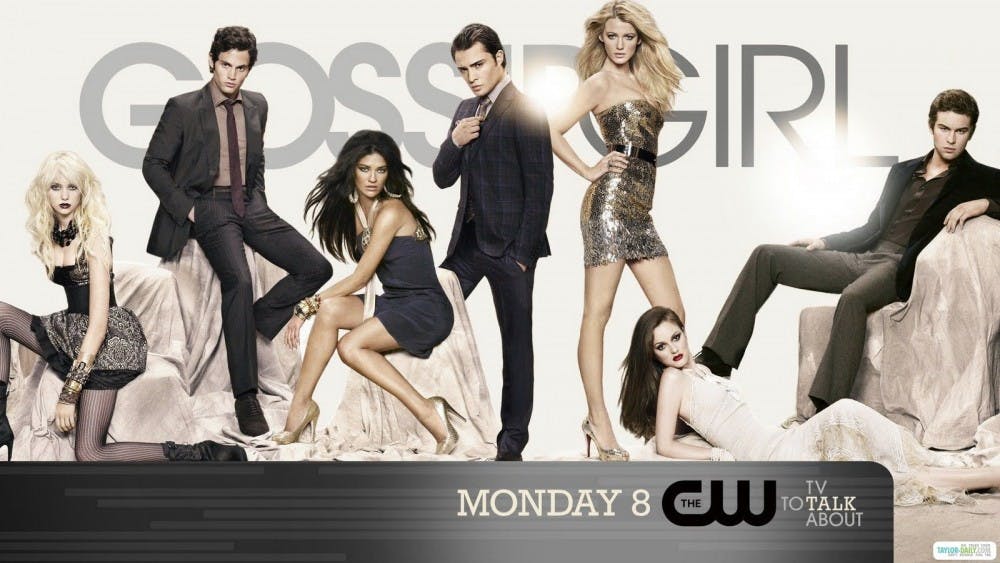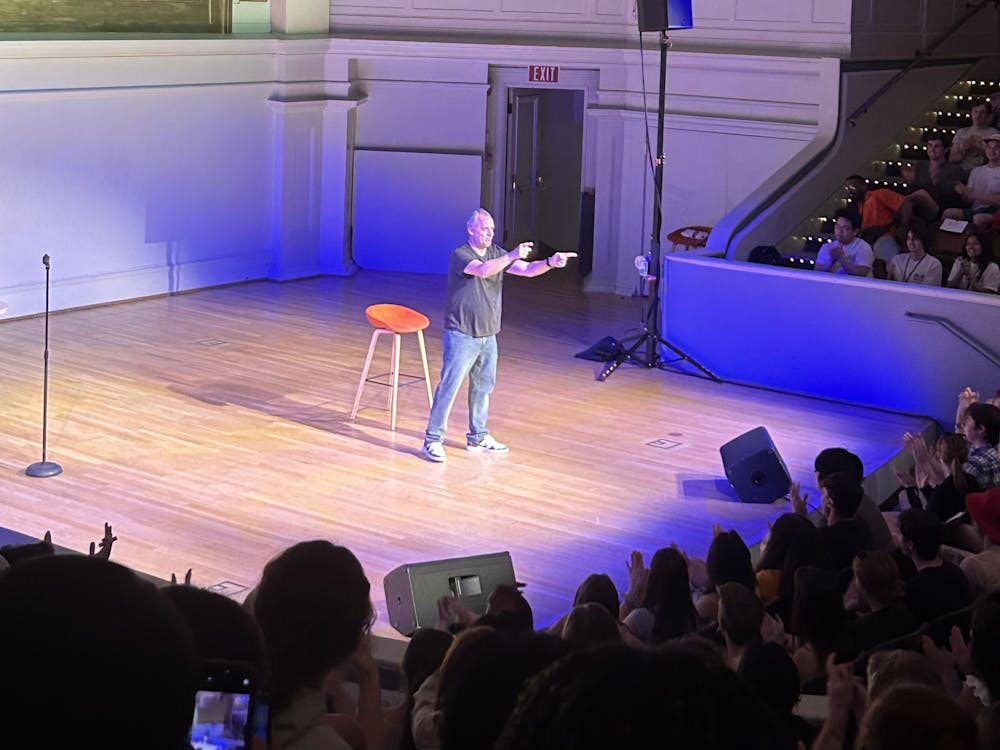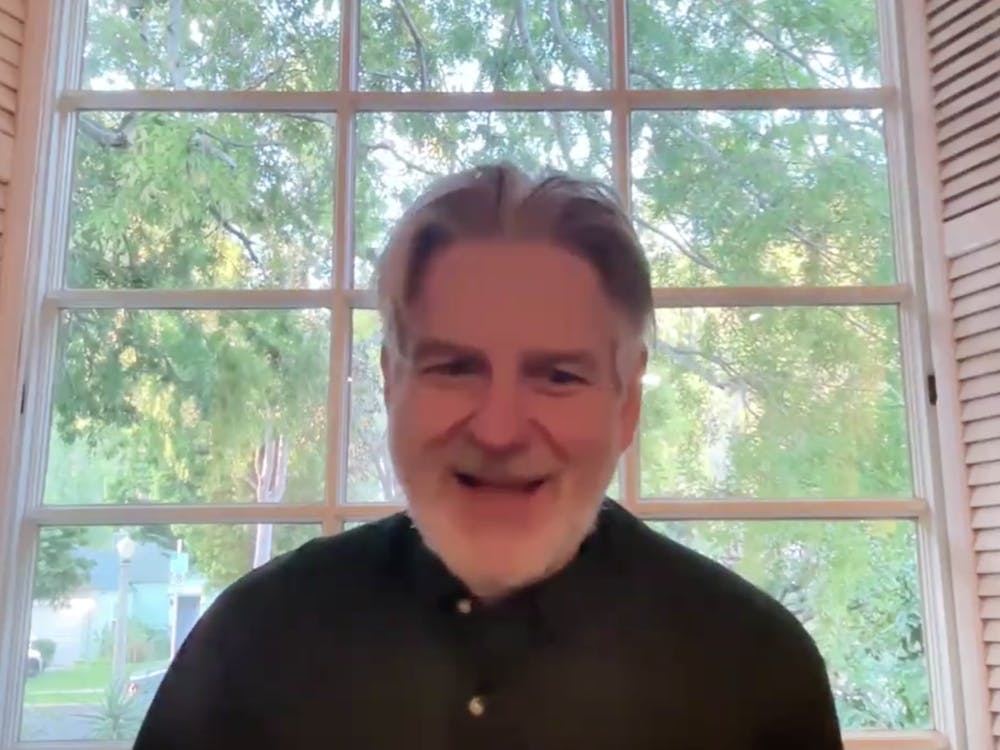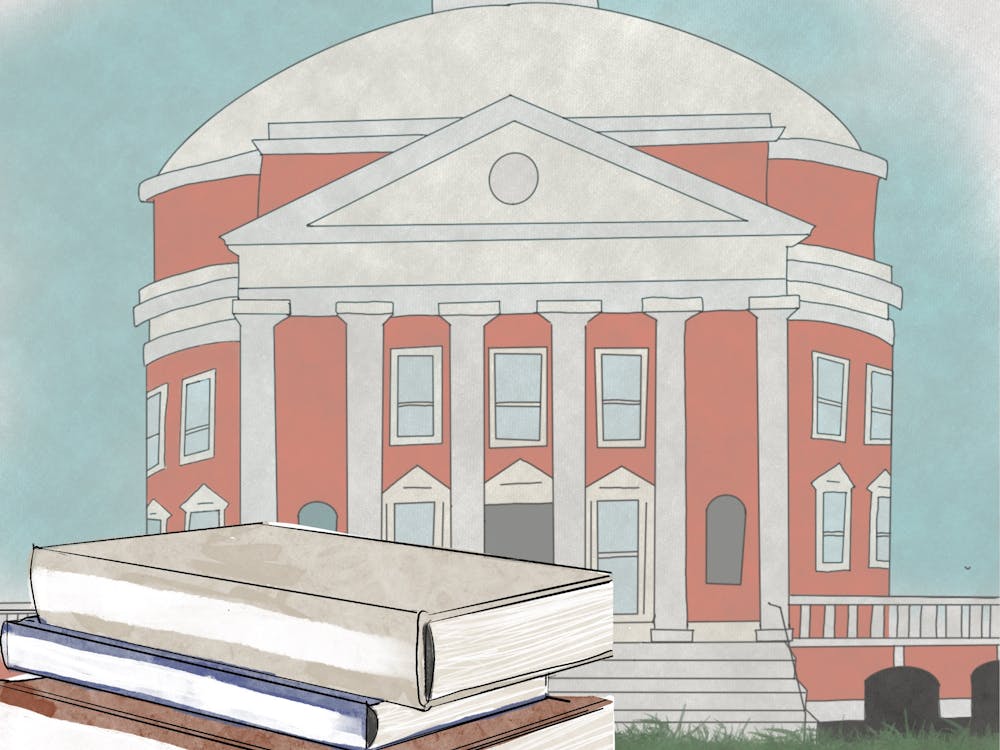Two weeks ago, when the only shadow of productivity I’d managed in an afternoon was planning my Pinterest wedding to Chandler Bing, I knew I had a problem. Call it an obsession, call it “Friends” fever: I’m hooked.
But what is it about “Friends,” or any other television series, that makes it so endearing — so relatable — that a conscientious college student deems it appropriate to abandon 50 pages of reading to fantasize about her marriage to a fictional TV character? I suppose there are several legitimate responses to that question — most likely, “She really should get out more” — but I’ve arrived at my own conclusion: the pull of television’s exes.
Exes are the ultimate underdogs. We hate to love them and we love to hate them, but when it comes down to it, the presence of ex-boyfriends and girlfriends in our favorite TV shows makes them better. These characters add humor, drama and conflict which drives plots and forces other characters to make dynamic adjustments in their lives.
First-year College student Breanna Cross agreed TV exes create relatable circumstances for viewers who have experienced awkward breakups.
“In the show ‘Gossip Girl,’ Blair (Leighton Meester) breaks up with her boyfriend Nate (Chace Crawford) because he cheated on her,” she said. “Even afterwards, she sees him at school every day [where it’s] hard to avoid each other. [This] portrays the relationship between exes really well. … We all have that one person we don’t want to see, but it’s unavoidable.”
The relatability of fictional relationships tends to make viewers more emotionally invested in the shows they’re watching. Third-year College student Rachel Knowles also cited “Gossip Girl” as a source of bad romance she can sympathize with, noting the relationship between Serena van der Woodsen (Blake Lively) and Dan Humphrey (Penn Badgley) who, unlike his beau, isn’t from Manhattan’s affluent Upper East Side.
“He added that element of not belonging in the [privileged] setting,” Knowles said. “I was sympathetic to him.”
Failure to fit into a particular relationship is also represented in “Gilmore Girls,” where the breakup between Rory Gilmore (Alexis Bledel) and Dean Forester (Jared Padalecki) leaves fans torn between loyalties to the two characters.
“[Dean] ended up getting dumped because his girlfriend fell in love with a ‘bad boy,’” first-year College student Elizabeth Surratt said. “I guess you feel really bad for him because he did absolutely nothing wrong, but then you also sympathize with [Rory], because you could tell she didn’t really love him. You have mixed feelings.”
These conflicting feelings pull viewers into the action as they ponder which character to side with, in a sort of “Team Edward” vs. “Team Jacob” conundrum (minus the vampires). The choice is rarely a simple one. Second-year College student Laura Leddy cited Jane Margolis (Krysten Ritter) in “Breaking Bad”, who encourages boyfriend Jesse Pinkman (Aaron Paul) in his drug habits despite the fact he’s recovering from addiction, as helping her decide where her loyalty lie in watching the show.
“I didn’t like her because she brought [Jesse] back to doing drugs, … but in the end I felt bad for her because [Walter, Jesse’s former partner,] lets her die,” Leddy said. “I think [her presence] represented the bad sides of both Jesse and Walter [as well as] their struggles. Walter is selfish because he let her die to keep Jesse from doing drugs. I think she helped bring [her own death] out.”
Though tension often endures after a breakup — especially if one half of a couple is no longer breathing — it doesn’t always end badly. While “Seinfeld” is admittedly far removed from “Breaking Bad,” it does offer further insight into your more typical relationship.
“In ‘Seinfeld,’ Elaine and Jerry are exes, but both are friends within the show,” first-year College student Mehar Virdi said. “They separate their relationship from their friendship. This is a rare thing, but it works here.”
Even more rare is the relationship between Ann Perkins (Rashida Jones) and Andy Dwyer (Chris Pratt) in “Parks and Recreation.” When the couple breaks up, Andy continues to live in a tent in a pit outside of Ann’s house.
These former lovers are what keep viewers locked in and waiting for more. They’re also — for better or for worse — what drives fans to past lovers of their own. And so, if you ask me, planning a wedding with Chandler is perfectly reasonable. It’s no living in a pit.





